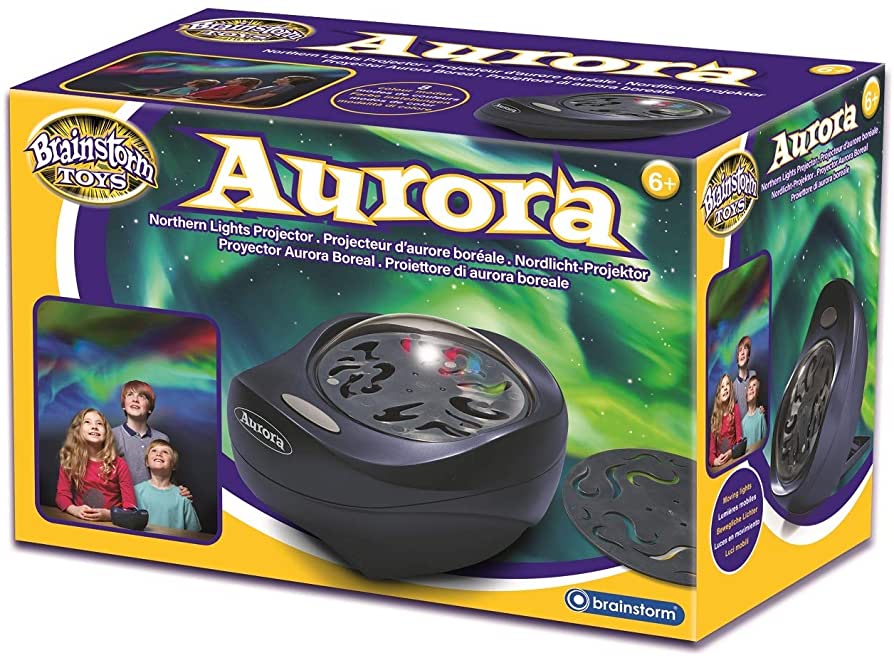The Northern Lights and Southern Lights, also known as Aurora Borealis and Aurora Australis, are natural phenomena that occur in the polar regions. The Northern Lights occur in the northern hemisphere while the Southern Lights occur in the southern hemisphere, and both are visible in the auroral zone. The Northern Lights are characterized by green, blue, and purple lights, while the Southern Lights are brighter and more intense with shades of red and green. The best time to view them varies depending on the season, and they hold significant cultural significance in indigenous communities. Despite their differences, both the Northern and Southern Lights continue to captivate and inspire people around the world.
Northern Lights vs. Southern Lights: A Comparison of the Two Fascinating Phenomena
Introduction
The Northern Lights and Southern Lights, also known as Aurora Borealis and Aurora Australis, respectively, are natural wonders that occur in the polar regions of the earth. These phenomena are created by the interaction of charged particles from the sun with the earth’s magnetic field. While they share similar characteristics, there are distinct differences between the Northern and Southern Lights.
Geographical Location
The major difference between the Northern Lights and Southern Lights is their geographical location. The Northern Lights occur in the northern hemisphere, specifically in the Arctic regions, while the Southern Lights occur in the southern hemisphere, in the Antarctic regions. The auroras are visible in a specific region of the earth, commonly referred to as the auroral zone.
Appearance
Both the Northern and Southern Lights are dazzling displays of color and light. However, there are subtle differences between the two in terms of appearance. The Northern Lights are characterized by a display of green, blue, and purple lights. Occasionally, there may be a hint of pink and red too. On the other hand, the Southern Lights are generally brighter and more intense than the Northern lights, with predominant shades of red and green.
Frequency
Another difference between the Northern and Southern Lights is their frequency. The Northern Lights are visible more frequently than the Southern Lights. This is because the auroral zone in the northern hemisphere is larger than the auroral zone in the southern hemisphere. Additionally, the Northern Lights are more accessible to tourists since they occur in regions with infrastructure and facilities.
Best Time to View
The best time to view the Northern and Southern Lights varies depending on the season. The Northern Lights are visible between September and March, with the peak viewing season being between December and February. In contrast, the Southern Lights are best viewed between March and September, with the peak viewing season being from June to September. The ideal time to view the auroras is during the night when the sky is dark and clear.
Cultural Significance
Both the Northern and Southern Lights have significant cultural significance among communities living in the polar regions. In many indigenous cultures in the Arctic and Antarctic, the auroras are revered as a symbol of spiritual or divine intervention. In some cultures, the Northern Lights are associated with the souls of the departed, while in others, they are believed to be signals from the gods.
Conclusion
In conclusion, the Northern Lights and Southern Lights are two distinct natural phenomena that share similar characteristics. While they both occur as a result of the interaction of charged particles with the earth’s magnetic field, their appearance, frequency, and cultural significance differ. Regardless of their differences, both the Northern and Southern Lights continue to captivate and inspire people around the world.
